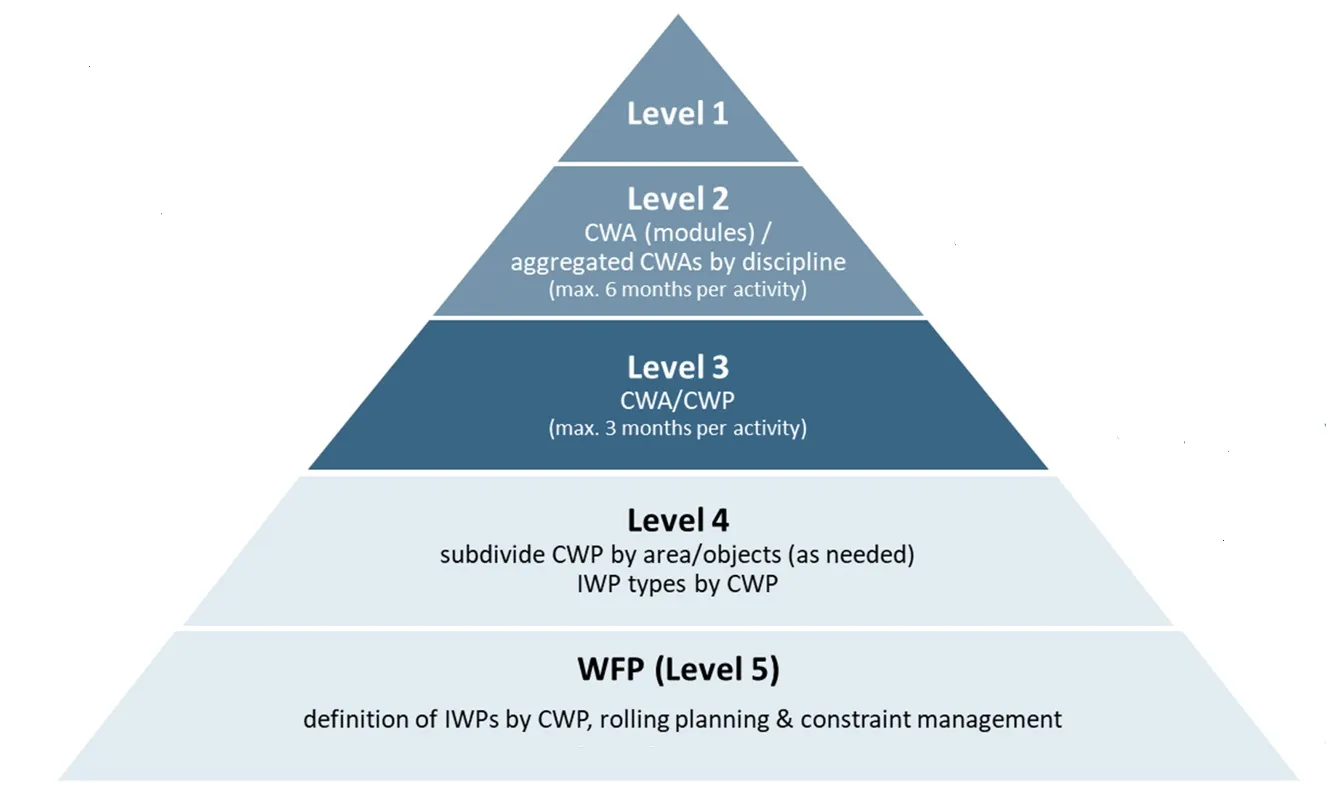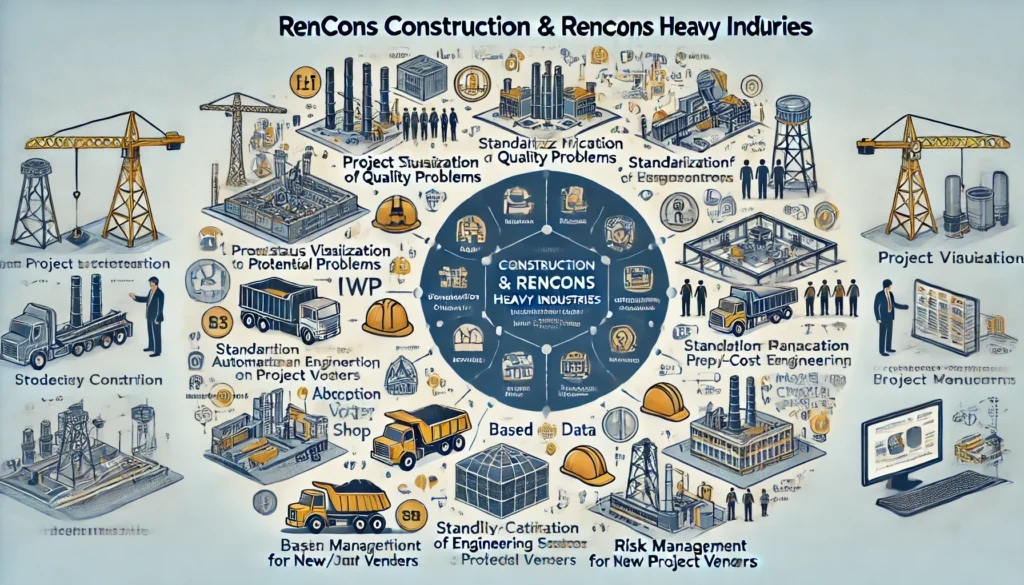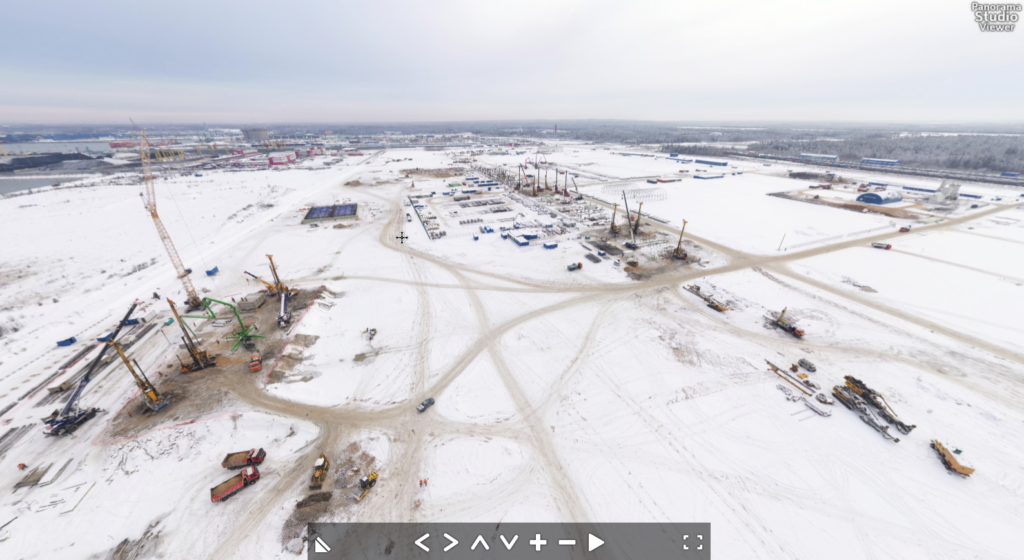Revolutionizing Construction: AWP in the Era of Digitalization

In the fast-paced world of construction, the marriage of Advanced Work Packaging (AWP) and digitalization has ushered in a new era of efficiency, collaboration, and precision. As construction projects become increasingly complex, the need for streamlined processes has never been more critical. Enter AWP, the game-changer that, when integrated with digital technologies, transforms the construction landscape.
1. Smart Planning and Coordination: Digitalization has brought forth a plethora of tools that facilitate smarter planning and coordination in construction projects. AWP leverages these digital tools to create a comprehensive roadmap, optimizing the sequencing of tasks and ensuring that resources are allocated efficiently. Through digital platforms, project managers can visualize the entire construction process, identify potential bottlenecks, and make data-driven decisions that enhance overall project performance.
2. Real-Time Collaboration: Gone are the days of siloed communication and delayed responses. AWP, powered by digitalization, enables real-time collaboration among all stakeholders involved in a construction project. Cloud-based platforms, collaborative software, and communication tools allow instant sharing of information, updates, and revisions. This level of connectivity fosters a collaborative environment, reducing the likelihood of errors and enhancing the overall quality of the construction process.
3. Data-Driven Decision Making: The integration of AWP with digital technologies empowers construction professionals with a wealth of data. From historical project data to real-time analytics, decision-makers can rely on a data-driven approach to enhance productivity and mitigate risks. Predictive analytics can foresee potential challenges, allowing for proactive problem-solving and a more agile response to changes in the project environment.
4. Enhanced Risk Management: Digitalization enhances risk management by providing a platform for detailed risk assessments and simulations. AWP takes this a step further by integrating risk management directly into the project planning and execution processes. With real-time data on project progress and potential risks, construction teams can adapt and implement mitigation strategies promptly, ensuring projects stay on track and within budget.
5. Increased Efficiency and Productivity: By digitizing the construction process through AWP, project teams can achieve unprecedented levels of efficiency and productivity. Automation of routine tasks, optimization of resource allocation, and streamlined communication contribute to faster project completion timelines. This not only benefits the construction teams but also results in cost savings for clients.
In conclusion, the synergy between AWP and digitalization marks a paradigm shift in the construction industry. As projects become more intricate, the need for a comprehensive and agile approach is paramount. Construction digitalization, hinged on the principles of AWP, is not merely a technological evolution; it’s a revolution that promises a future where construction projects are not only built but are meticulously crafted with precision, collaboration, and efficiency at their core.


